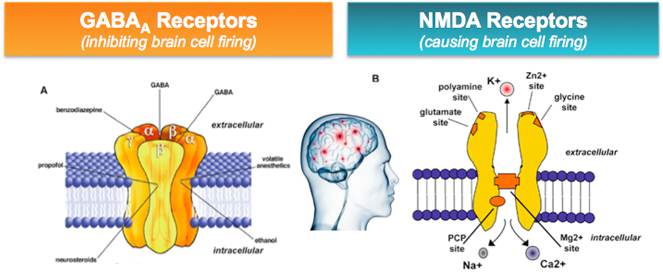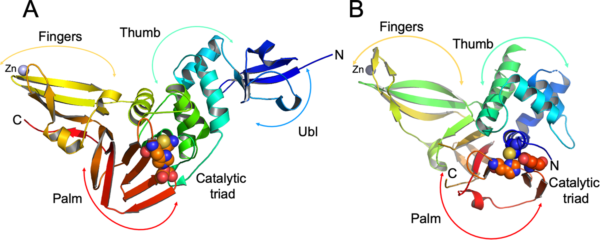The GABA Library of chemical compounds is a comprehensive collection of diverse molecules related to gamma-aminobutyric acid (GABA). These compounds are carefully curated to encompass a wide range of chemical structures and functionalities, each contributing to our understanding and utilization of GABA-related molecules. In this article, we will delve into the GABA Library of chemical compounds, explore its contents, and highlight the potential applications of these compounds in various fields.
Understanding GABA and its Significance:
Gamma-aminobutyric acid (GABA) is an important neurotransmitter in the central nervous system (CNS) that acts as an inhibitory signal, regulating the balance between excitation and inhibition. GABA plays a critical role in modulating neuronal activity and is involved in various physiological processes, including cognition, mood regulation, and motor control.
The GABA Library of chemical compounds encompasses a broad spectrum of molecules, including:
GABA Analogues: These compounds are structurally similar to GABA and mimic its effects. GABA analogues can be used to study the structure-activity relationships of GABAergic ligands, investigate GABA receptor subtypes, and explore potential therapeutic applications.
GABA Receptor Modulators: This category of compounds consists of ligands that modulate the activity of GABA receptors, either enhancing or inhibiting their function. These modulators can provide valuable insights into the pharmacological properties of GABA receptors and their potential as therapeutic targets.
GABA Transporter Inhibitors: GABA transporters play a vital role in regulating GABA levels in the synaptic cleft. Inhibitors of GABA transporters can increase extracellular GABA concentrations, thereby promoting GABAergic transmission and potentially offering therapeutic opportunities for disorders characterized by GABAergic dysfunction.
GABA Metabolism Modulators: Enzymes involved in GABA metabolism, such as glutamic acid decarboxylase (GAD) and GABA transaminase (GABA-T), are potential targets for modulating GABA levels. Compounds that selectively modulate these enzymes can regulate GABA synthesis and degradation, leading to potential therapeutic applications.
GABAergic Drug Candidates: The GABA Library also includes molecules that exhibit GABAergic activity and hold promise as potential drug candidates. These compounds are subject to rigorous evaluation to assess their efficacy, safety, and pharmacokinetic properties for therapeutic interventions.
Applications of GABA Library Compounds:
The GABA Library of chemical compounds holds immense potential for various fields of research and application:
Neuropharmacology: GABA Library compounds enable researchers to study the intricate mechanisms of GABAergic transmission, identify novel drug targets, and develop therapeutic agents for neurological and psychiatric disorders, such as anxiety disorders, epilepsy, and sleep disorders.
Drug Discovery: The molecular diversity within the GABA Library provides a rich source for the discovery and development of GABAergic drugs. These compounds can be further modified and optimized to enhance their pharmacological properties and increase their specificity for GABA receptors, leading to the development of innovative medications.
Neuroimaging and Biomarkers: GABA Library compounds can serve as molecular probes in neuroimaging studies, enabling researchers to visualize and quantify GABAergic activity in the brain. These compounds may also hold potential as biomarkers for GABA-related disorders, aiding in early diagnosis and monitoring treatment response.
Chemical Biology: The GABA Library offers a platform for chemical biologists to explore the complex interactions and signaling pathways involving GABA and its receptors. These compounds can be utilized to investigate GABA receptor subtypes, study receptor-ligand interactions, and gain insights into the molecular mechanisms underlying GABAergic signaling.




